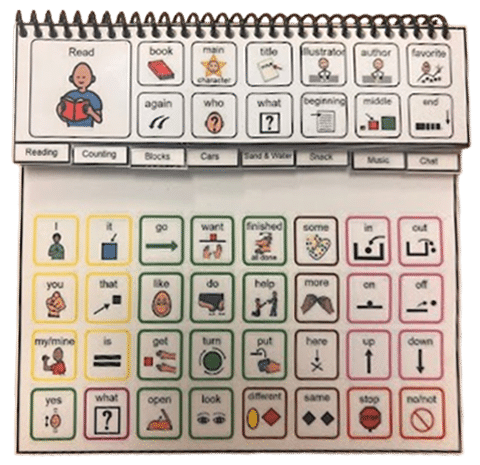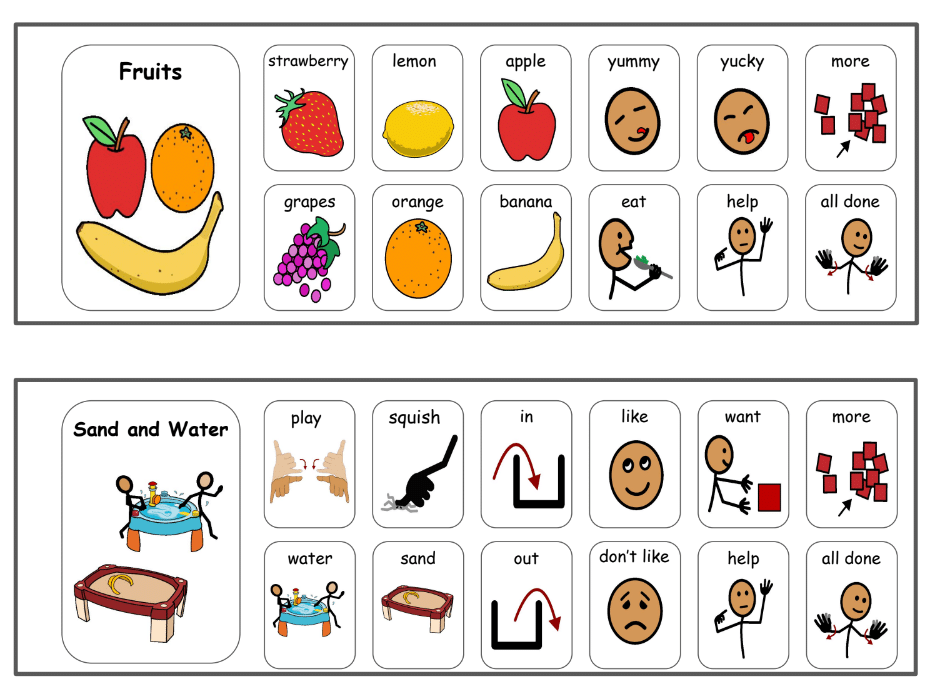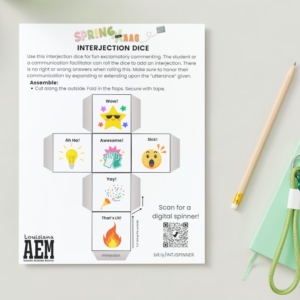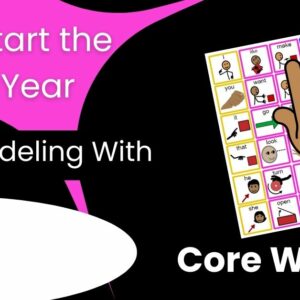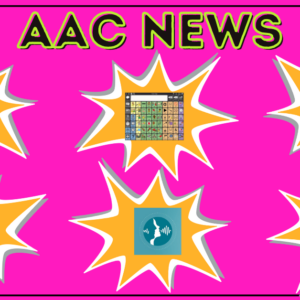There has been an uptick.
Has it felt like there has been an increase of students with delays and disorders in your district? You are not alone.
Increase in Numbers
A recent study by Kahn, Freeman, and Druet (2023) found that new ICD-10 diagnoses for developmental disorders for speech and language increased 110% from pre-pandemic (January 2018-December 2019) to post-pandemic (January 2021 – December 2022) for children birth-12 in the U.S. The age ranges most impacted were birth-two with a 136% increase and ages 3-5 with a 107% increase.

In fact, one district in Louisiana reported that the new students starting elementary school are >2 special education students to every 1 regular education student. (This would be interesting data if we could collect this state wide, but I digress….)
What is Happening?!
I often get called in to early childhood settings for behavior. In one visit, an early childhood behavior specialist asked me if they were the only ones with a huge surge of increased behaviors. I replied, “As if! It is everywhere.” She then asked, “Why do you think this is Ms Katie?” I replied, “play.” Why you ask? If you don’t have play, you don’t have language, if you don’t have language you will have bEhAvIoR.


Play is essential for several parts of development such as:
- Interacting with the environment
- Problem Solving
- Gross and Fine Motor Skills
- Language Acquisition, which includes
- Phonology- our letters and sounds
- Morphology- how we can change words like adding -ly, -ing, etc
- Syntax- how we put words together in sentences
- Semantics- our vocabulary
- Pragmatics- our social language (this is a biggie)
Tips on How to Facilitate Language in Play:
Provide communication opportunities. You can re-create real-life play schemas. You want to start with familiar items or activities and slowly start to incorporate novel concepts or items. Repeating play schemas is encouraged! As you play, you can label objects and actions, label feelings, ask questions, and model language.
Free Language Development Tools:
The most important things to remember with play is to MODEL developmentally appropriate play and language. Here are some freebies of tools that we have made!

